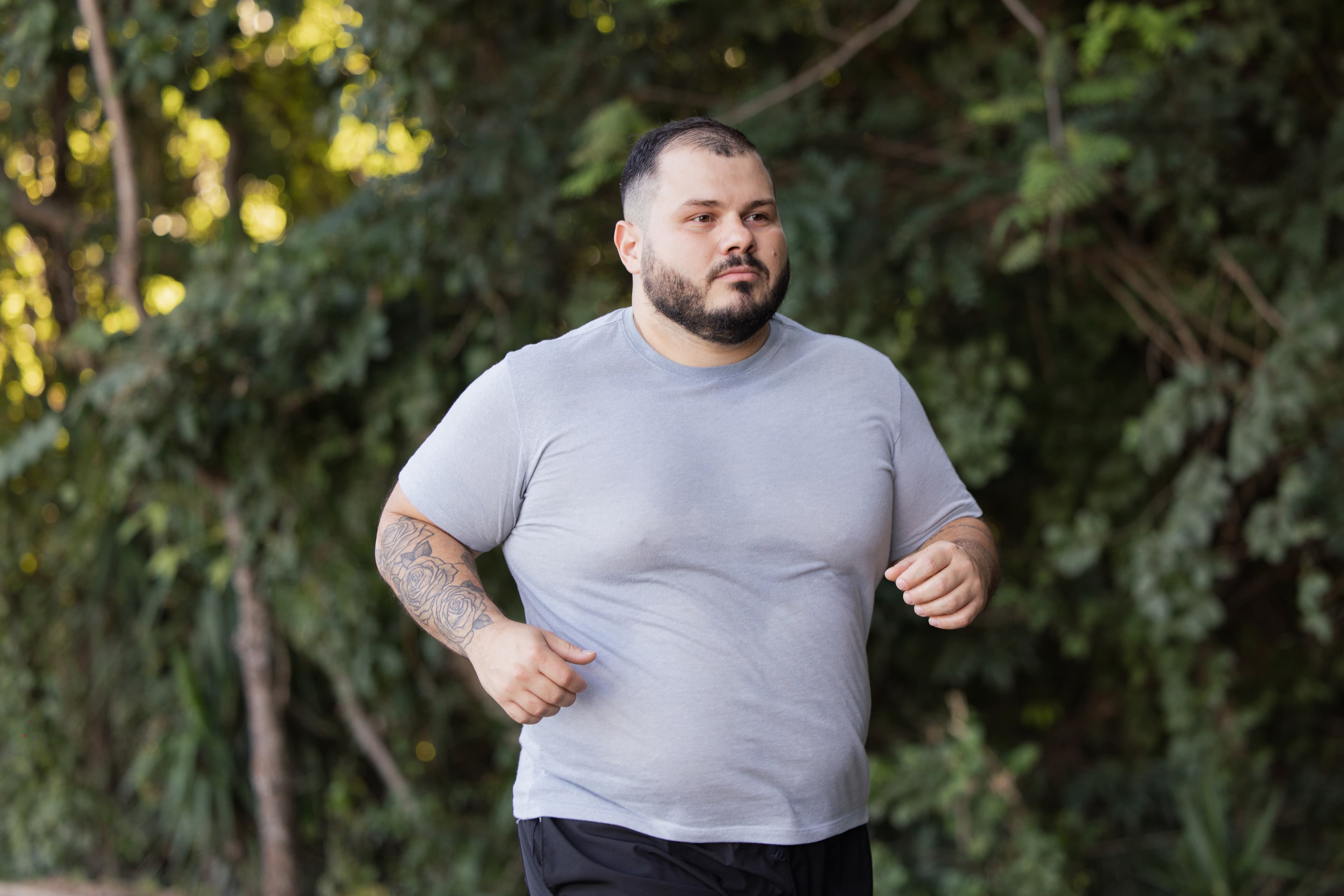World leading Pharmaceutical and Biotech companies partner with Momentum.
We’re driven by a shared passion for making a meaningful difference in people's lives. We research new breakthrough treatments and medications that have the potential to improve lives and protect the health of future generations.
It’s a privilege to contribute to the advancement of medicine, and we approach that responsibility with both gratitude and a strong sense of human connection.
With the largest network of over 20 clinical research sites across Australia and New Zealand all streamlined under one centralised system, we bring over two decades of experience conducting phase I to IV clinical research in most therapeutic areas.

Statistics
The largest phase I-IV network in Australasia
Research sites.
+
Years' experience.
+
Investigators and Research experts.
K+
Participant database.
Therapeutic Areas
Explore our expertise
Explore our diverse areas of research expertise and discover how Momentum Clinical Research is advancing research across a broad range of therapeutic fields.
When you partner with Momentum, your trial is in the expert hands of our dedicated team who bring a wealth of knowledge and experience to every study, ensuring your research and the wellbeing of our participants is managed with the highest level of care.
Therapeutic Areas
Explore our expertise
Explore our diverse areas of research expertise and discover how Momentum Clinical Research is advancing research across a broad range of therapeutic fields.
When you partner with Momentum, your trial is in the expert hands of our dedicated team who bring a wealth of knowledge and experience to every study, ensuring your research and the wellbeing of our participants is managed with the highest level of care.
Testimonials
We have proudly partnered with thousands of New Zealanders and Australians over the past 2 decades. Our mission is to make clinical research accessible to as many people as possible, providing opportunities to be part of something truly impactful. Our volunteers have shared their experiences to help other just like you make the decision to contribute to medical research. Their stories reflect the meaningful difference you can make by joining a clinical trial with Momentum.
My treatment involved trialing new drugs for Hepatitis C, which is now undetectable in my blood. I found the staff highly professional, courteous, friendly, thorough and respectful.
Sarah P
Hawkes Bay
The benefits for me personally are huge, and the fact that taking part benefits other people with my condition is just fantastic. I would encourage anyone to take part in this kind of trial.
Larry M
Lower Hutt
We should all be playing our part to help the next generation. Taking part in a clinical trial could make an immeasurable difference to other people suffering from your disease.
Michelle
Sydney
I began a trial today with Momentum and from the outset would like to compliment the staff on their easy, friendly and supportive manner, and we had a few laughs as well which I expect will continue.
David G
Brisbane

I was delighted with how the highly knowledgeable and friendly staff looked after me. I like how they are taking further care by regularly checking in with me and ensuring everything is going well.
Glenn S
Melbourne
News
News and insights from Momentum
How can we help?
We’re always happy to hear from researchers and potential participants. If you have any questions or would like to explore partnering with us, please don’t hesitate to get in touch.
Contact Us


















